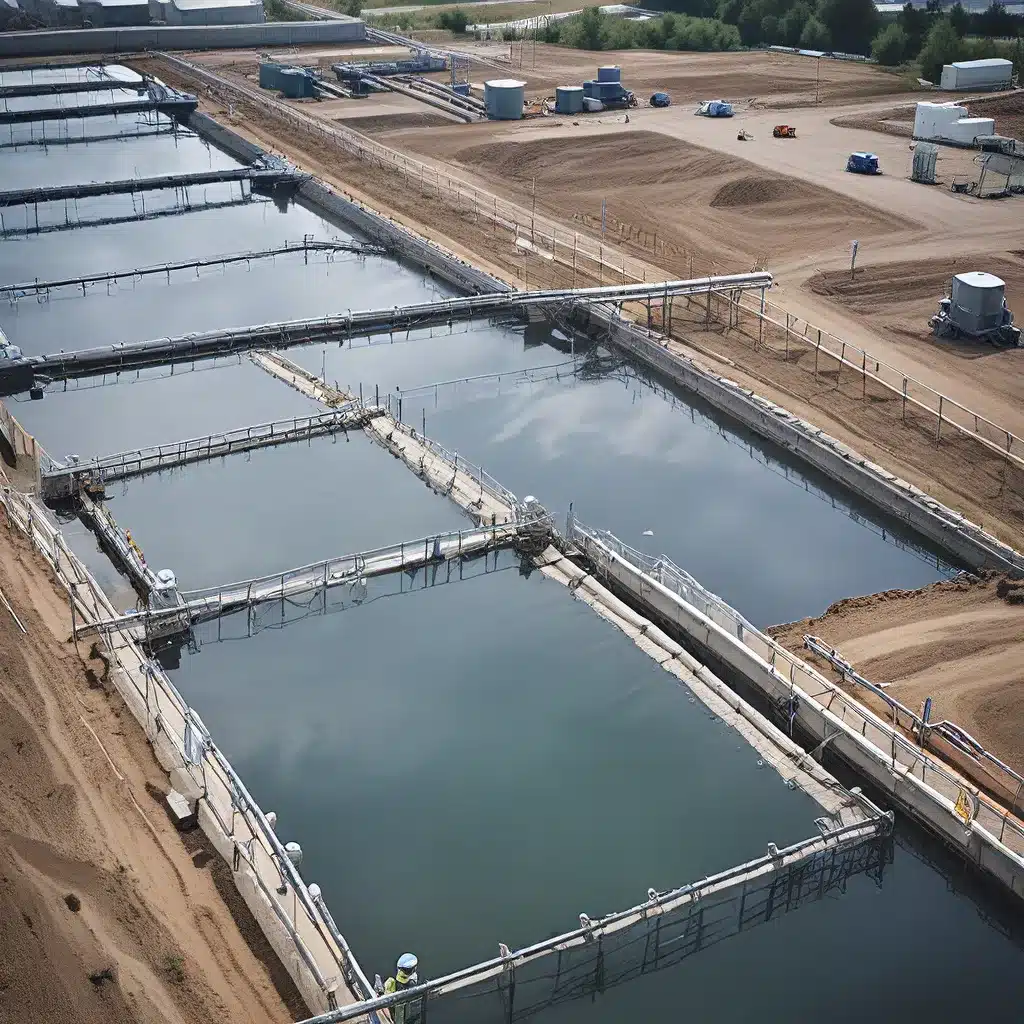
Ah, the joy of water treatment – a world of regulations, guidelines, and bureaucratic red tape that would make even the most seasoned professional want to dive headfirst into a pool of activated carbon. But fear not, my friends, for I am here to be your guide through this murky regulatory landscape, helping you navigate the choppy waters with grace and efficiency.
The PFAS Puzzle: Unraveling the Regulatory Complexity
Let’s start with the ever-elusive PFAS, those “forever chemicals” that have been lurking in our lives since the 1940s. These pesky little compounds have found their way into everything from firefighting foam to your favorite non-stick cookware, and the regulatory landscape surrounding them is as complex as a Rube Goldberg machine.
According to the experts at Perkins Coie, PFAS regulations are evolving at a breakneck pace, with at least seven states passing laws to restrict or ban the use of these chemicals in consumer products. And the list of regulated products is only growing, with states like Washington using their broad regulatory powers to target everything from outdoor apparel to leather furniture.
But the real kicker? The patchwork of state laws means that businesses operating across multiple jurisdictions have to keep a constant eye on the shifting sands of PFAS regulations. It’s like trying to juggle flaming chainsaws while riding a unicycle – you’ve got to be on your toes at all times.
Navigating the Murky Waters of Water Reuse
Ah, water reuse – the key to a more sustainable future, right? According to the experts at SL Environmental, wastewater utilities are embracing this concept with open arms, implementing a variety of initiatives to turn our dirty water into a shiny, new resource.
But with this comes a whole new set of regulations to navigate. From strict water quality standards to complex permitting processes, it’s enough to make even the most seasoned water treatment professional want to throw in the towel (or, you know, the water filter).
And let’s not forget about the ever-changing landscape of water reuse policies, which can vary wildly from state to state. One minute, you’re swimming in a sea of opportunities, and the next, you’re drowning in a sea of bureaucratic red tape.
The Evolving Demand for Wastewater Treatment Services
Now, let’s talk about the growing demand for wastewater treatment services. According to industry insights from Patel L.I.O.N. 33 Inc., the increasing focus on environmental sustainability and the need to address water scarcity have driven a surge in demand for these services.
But with this demand comes a whole new set of regulatory hurdles to overcome. From strict discharge limits to complex reporting requirements, it’s enough to make even the most seasoned water treatment professional feel like they’re swimming upstream.
And let’s not forget about the ever-changing landscape of wastewater treatment regulations, which can vary widely from region to region. One minute, you’re basking in the glory of a streamlined permitting process, and the next, you’re drowning in a sea of bureaucratic red tape.
Staying Afloat in the Regulatory Current
So, how do you navigate this ever-changing regulatory landscape? It’s simple – you embrace your inner water treatment superhero and dive in headfirst.
First and foremost, you need to stay on top of the latest regulatory developments. This means regularly checking in with industry associations, government agencies, and legal experts to stay up-to-date on the latest laws, guidelines, and best practices.
And when it comes to PFAS regulations, it’s all about staying agile. You need to be ready to adapt your product formulations, supply chain management, and testing protocols to stay ahead of the curve. It’s like a game of regulatory hopscotch, except the stakes are a lot higher (and the penalties a lot more severe).
But it’s not all doom and gloom, my friends. Inland Waters Inc., for example, has made a name for itself by staying ahead of the regulatory curve, leveraging its expertise and industry connections to help clients navigate the ever-changing landscape of water treatment.
So, take a deep breath, put on your regulatory life jacket, and get ready to dive into the world of water treatment. With the right knowledge, resources, and a healthy dose of creativity, you can navigate even the most turbulent regulatory waters.


